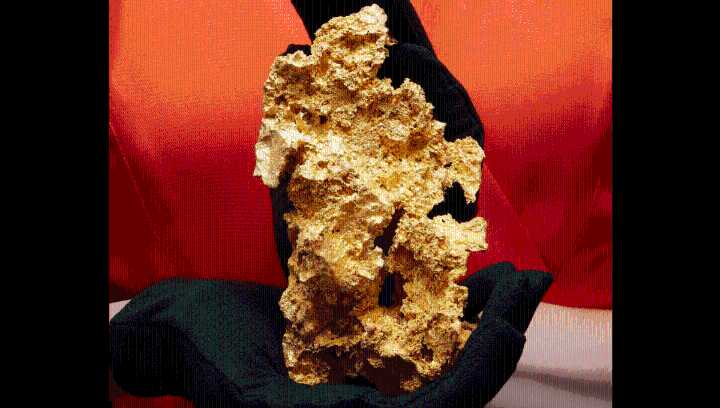Gold has captivated humans for millennia, but it comes in many different forms out in the wild. Among the rarest and most peculiar is crystalline gold, which forms deep underground and maintains its original shape – crafted by the formation of cracks in Earth’s crust. The rest of this article is behind a paywall. Please sign in or subscribe to access the full content.
It requires the right combination of temperature, pressure, and chemistry for gold to form in a repeating pattern that builds up into crystals. The resulting shapes can be cubes, octahedra, or branching “dendritic” (tree-like) structures, but it’s rare for that shape to be maintained.
Gold has often travelled a long way before we find it, by which time it has been smoothed out and eroded into more typical nugget-like shap

 IFL Science
IFL Science

 The Baltimore Sun
The Baltimore Sun Raw Story
Raw Story The US Sun Health
The US Sun Health The List
The List Ann Arbor News Sports
Ann Arbor News Sports FOX News
FOX News